1921 (Taisho 10) Tuesday, November 22 The state-of-the-art battleship Mutsu built at the Yokosuka Navy Yard has been handed over to the Navy. The handover ceremony was held and he was registered in Sasebo Chinju-fu.
Mutsu was the second ship of the Nagato-class battleship that we met at that time. In 1907, after the Russo-Japanese War, the first 2 ships of the 88 Squadron Project, which en 40 visaged the US Navy as a hypothetical enemy, were these 2 Nagato-type battleships. For budgetary support, the Imperial Diet expanded the fleet to 84 in 1916, 86 in 1918, and 88 in 1920.
However, considering that the total expenditure of the Japanese government at that time was only 1.5 billion yen, it was estimated that 600 million yen would have been necessary for annual maintenance costs alone, as well as for the construction of a huge fleet. Therefore, it is considered to have been an unrealizable plan in retrospect.
100 years ago, from November 11, 1921, 10 at the request of President Harding of the United States, the Treaty on Naval Disarmament was held in Washington, D.C., as a result of growing public opinion on worldwide disarmament after the end of World War I. The first condition for naval disarmament was that ships not completed before the conference should be scrapped. A list of incomplete warships was compiled, and Mutsu was on the agenda.
Mutsu was commissioned on July 31, 1917, 4 years before the Washington Conference on Disarmament, and was launched on June 1, 1918, on May 31, 1920. Launching means floating in water after the body of a ship is completed. Usually, a launching ceremony is held to celebrate the birth of a new ship in a spectacular manner, but in reality, the ship is just floating in water in that state, and no equipment or equipment is installed to make the ship function, such as an engine. That is, it is in an incomplete state.
From launch to completion, there is a process called outfitting. In addition to the prime movers, weapons equipment, or military equipment, is also carried out at this stage. Mutsu had not completed this work by early November when the Washington Conference began. The equipment was not ready in time, and even some of the armor plates had to be used as they were. However, at the Washington Conference on Disarmament from the beginning of November, the condition was that unfinished ships should be decommissioned, so in order to avoid that condition, the document stated that they would be completed on October 24, and official tests were omitted. 100 years ago today, on November 22, unfinished ships were handed over to the Navy.
However, the fact was that outfitting continued in Yokosuka. Shinzo ONISHI (He later became a vice admiral and then a captain.), who was assigned to Mutsu as the third squad leader, later recalled that it was still about 85% complete on December 5.
After negotiations with Britain and the United States, Britain was allowed to build two new large battleships and the United States was allowed to continue building three in return for Japan’s recognition of the two ships. This brings the number of large ships equipped with 16 inch guns to 7 worldwide, and maintains the balance between Britain, the United States and China, known as the “Big 7” for the time being.
As a result of the Washington Conference on Disarmament, the United Kingdom and the United States each discharged 500,000 tons of water from their main warships, while Japan discharged 300,000 tons. It is the ratio of so-called 5:5:3. The Japanese navy claimed 70% against the US, but it was not approved. This ratio alone gave rise to the erroneous perception that the Washington Conference on Disarmament is an unfavorable treaty for Japan, and some people still think so. But that’s wrong.
As mentioned above, Japan’s financial situation is limited, and the Great Kanto Earthquake occurred in the year following the conclusion of the treaty, further tightening public finances. On the other hand, the 1920s in the United States was an unprecedented economic boom. It is certain that there was a gap of more than 5: 3 between the forces of Japan and the United States during the free shipbuilding competition.
The treaty itself was a very low-casualty one for Japan, as Colonel Russell Grenfell of the Royal Navy described Japan as the most profitable and Britain the most sacrificial. In Japan, the possession of Nagato and Mutsu, which had almost been built, was recognized, and the battleship that was destroyed was one of the “Settsu,” which was inferior in speed and armament. Britain, on the other hand, destroyed four of its most advanced battleships, the Sandalar, the King George V, the Centurion, and the Ajax. The United States also scrapped two ships in Delaware and North Dakota.
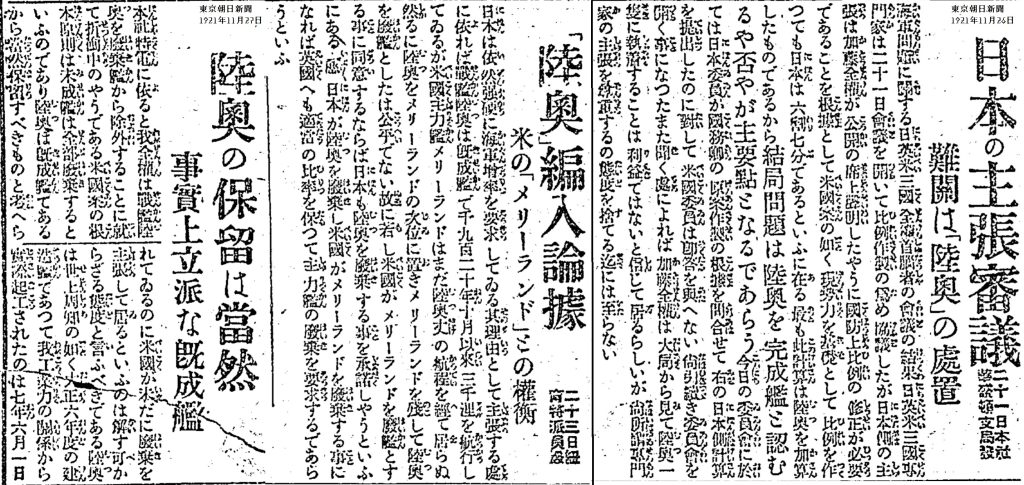
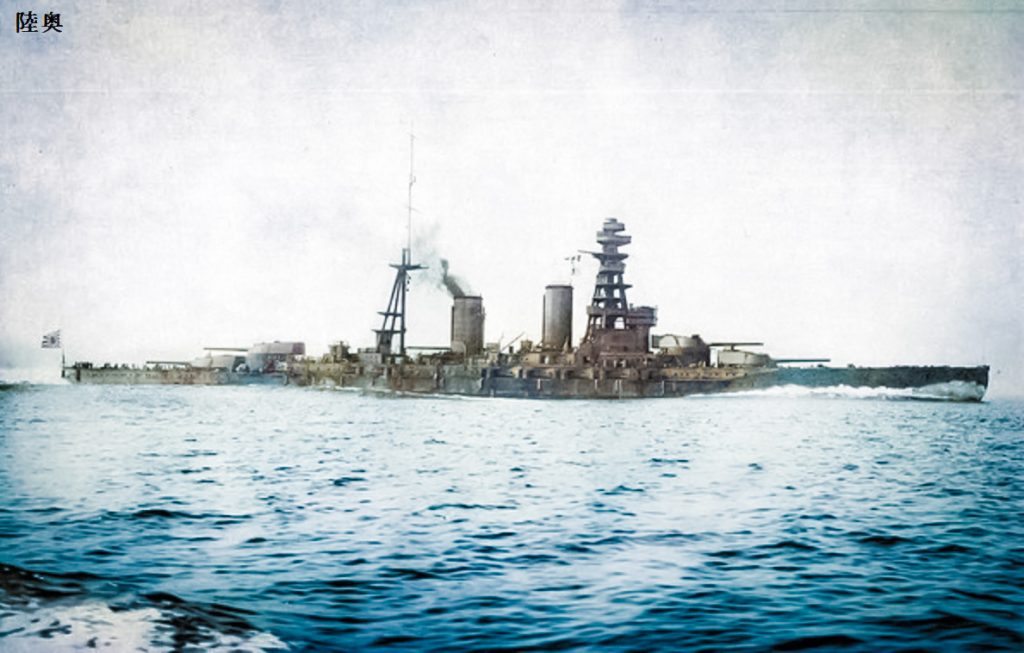
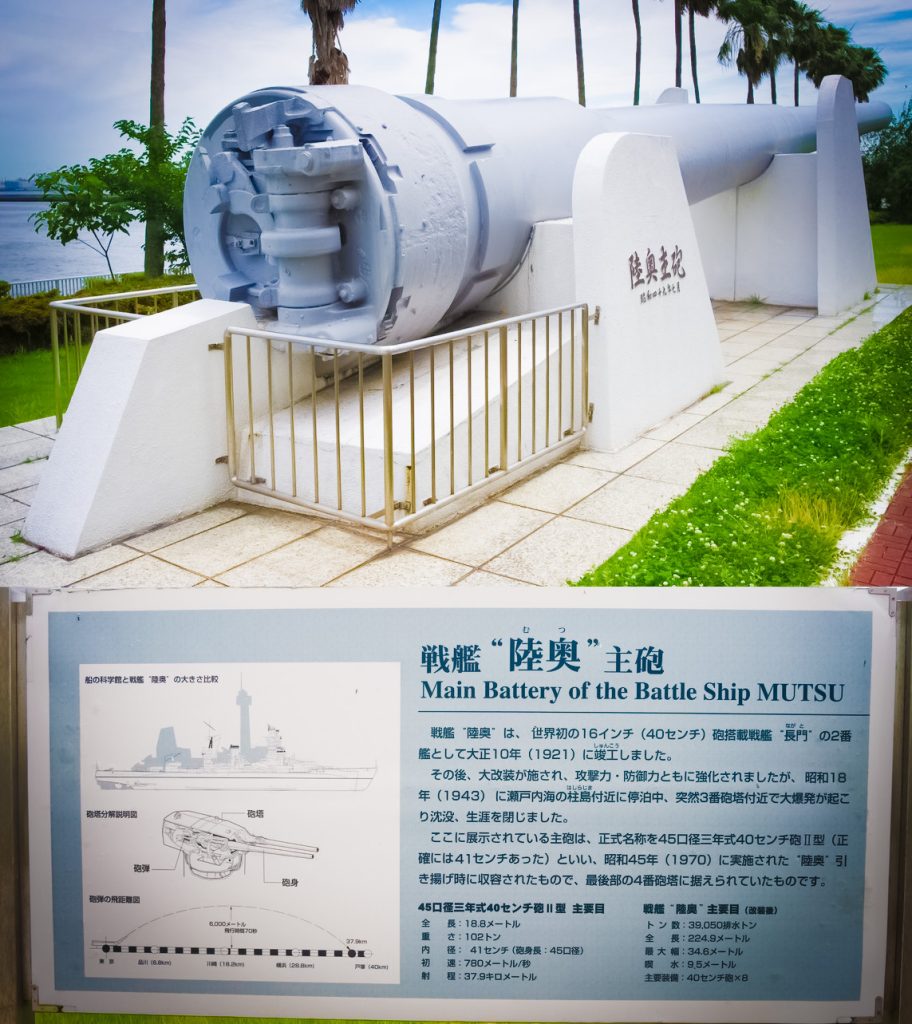

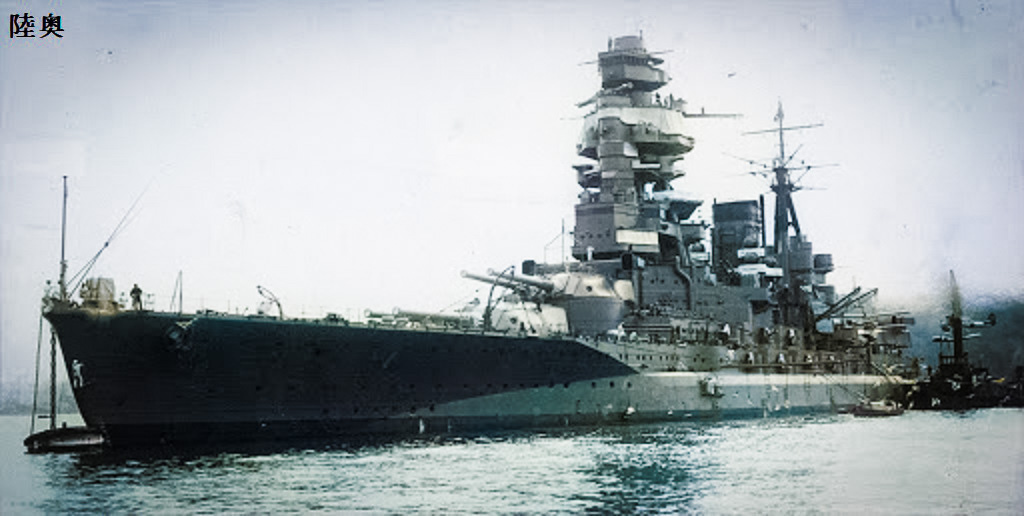
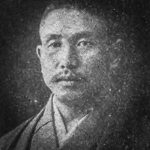
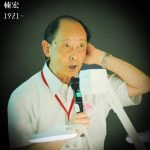
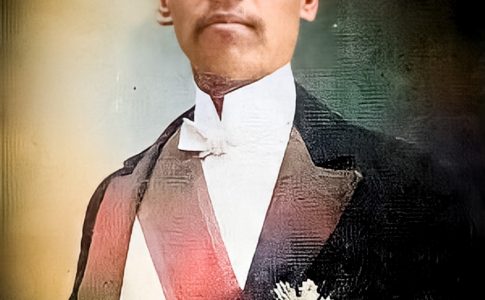
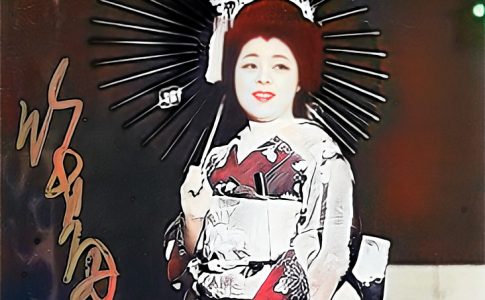

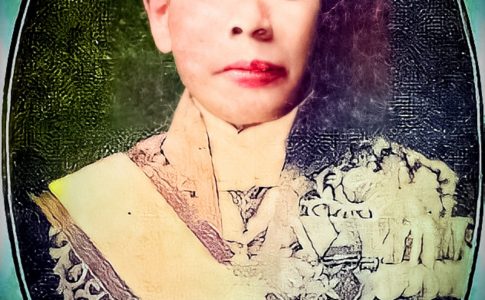
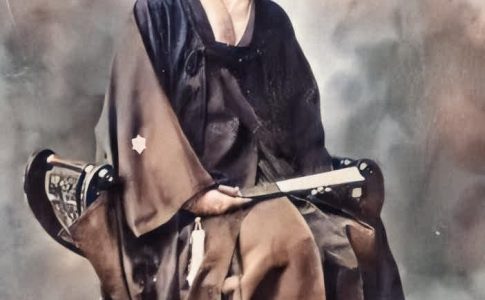

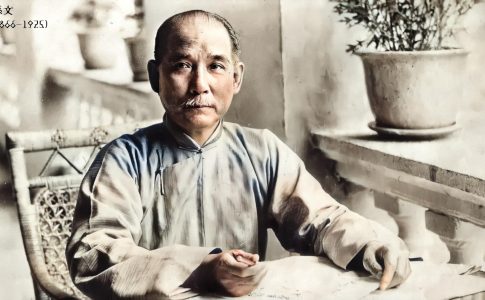
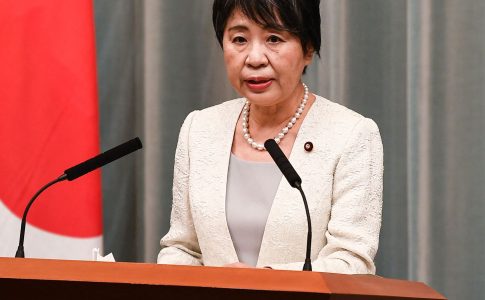
Leave a Reply